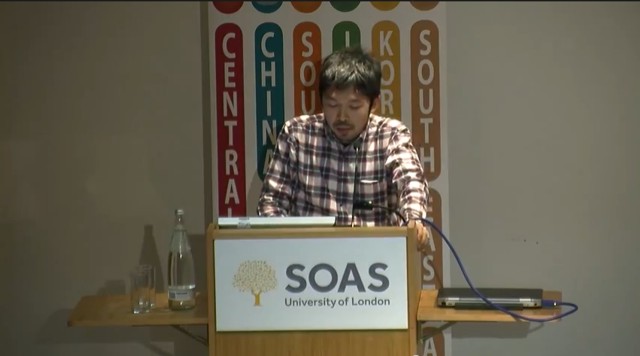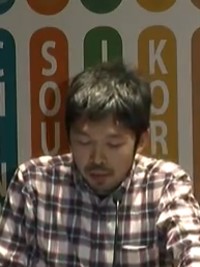 15th Jaina Studies Workshop
15th Jaina Studies Workshop
Date: 22 March 2013 Time: 9:00 AM
Finished: 22 March 2013 Time: 5:00 PM
Venue: Brunei Gallery Room: Brunei Gallery Lecture Theatre
Lecturer:

Masahiro Ueda
Abstract:
In Jaina texts, there were several methods to investigate the words in sacred scriptures (Āgama). Using these methods, commentators of the scriptures were able to investigate the words and transmit their exact meanings for posterity. These methods are collectively called anuyogadvāra, which are further divided into various sets. Among them, one of the most important is called nikṣepa. Nikṣepa plays an important role, not only in the Jaina Agamas, but also in the following age of logic. It is regarded as a way of perception, similar to prama.as and nayas. The relationship between nikṣepa and nayas is particularly focused by logicians of Jaina thought. According to Jaina Ontology, by K.K. Dixt, nikṣepa in the age of logic starts from Tattvārthādhigamasūtra (TAAS). Akalaṅka, who annotated TAAS, paid special attention to nikṣepa and tried to treat it with as much importance as prama.as and nayas in his own works. It is generally agreed that the system of Jaina logic was completed by Akalaṅka, so nikṣepa included in his system is also settled in his works. In this presentation, we will survey the concept of nikṣepa, and then investigate that concept in detail and compare each definition among Akalaṅka's works.
Video:

 Masahiro Ueda
Masahiro Ueda